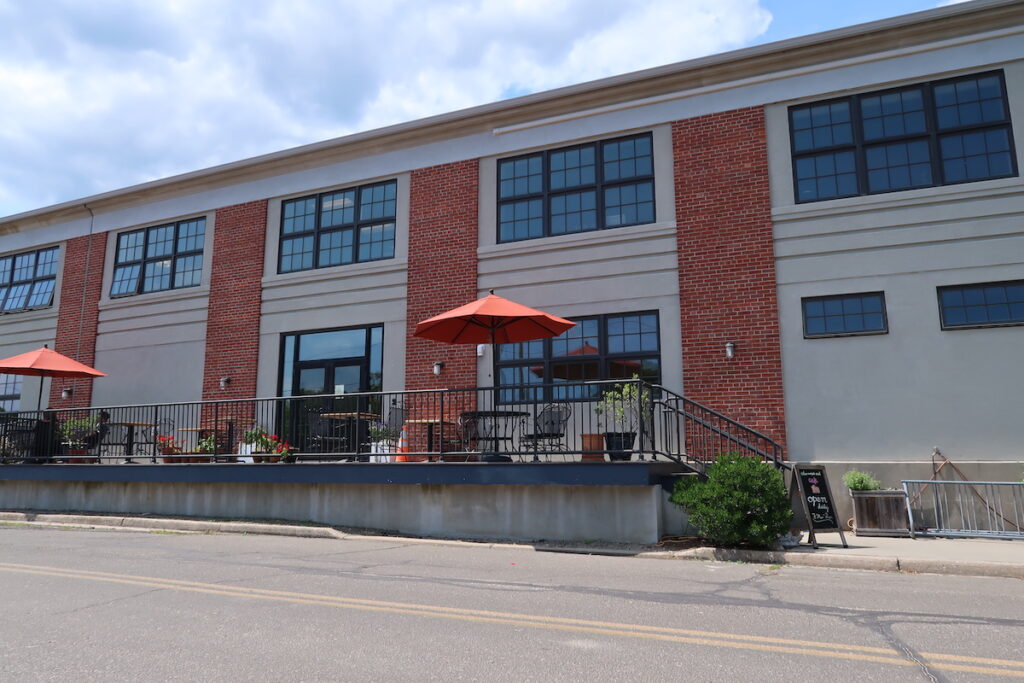Town Hall notes: Bond refinancing saves $736K, nitrogen issues exposed

Southold Town has refinanced $9.5 million worth of bonds, saving the town $736,000 over the next 15 fiscal years, Supervisor Scott Russell announced Tuesday.
The bonds were issued in 2005 and 2007 and cover purchases for land preservation, construction of the town’s transfer station, land acquisitions for the yard waste facility and construction of the Fishers Island Ferry District New London terminal.
By refinancing the bonds on July 29, the town has cut its interest rate nearly in half, from 4.12 percent to 2.53 percent.
“We continue to look for efficiencies in government in every way possible,” Mr. Russell said in a statement. “This initiative will save the town hundreds of thousands of dollars over the life of the bonds.”
The savings will start next year at more than $21,000 and will grow to $49,500 the next year. Southold Town comptroller John Cushman said the savings will combine over two years because the 2007 bonds can’t be refinanced until 2017; however, the town has already reached an agreement on the new rate, so the savings are guaranteed, Mr. Cushman said.
The refinancing comes about a month after Moody’s Investor Services upgraded Southold Town’s bond rating to its highest ever score. The credit rating agency raised the town’s rating from Aa2 to Aa1, citing the town’s stability, low debt and tight financial management.
Waste rates may drop to bring in more revenue
The town’s Waste Department may lower its commercial rate in order to entice more customers.
Mr. Cushman told the Town Board the district has only pulled in $173,349 in revenue this year, far short of the $780,000 the district expects to receive through commercial garbage disposal by the end of the year.
The losses won’t be severe, he said, since the expected revenue also comes with related costs that now won’t have to be paid. But the district is still selling far fewer than expected.
“We’re not generating sales,” he said. “We’re not getting anything.”
Mr. Cushman believes competition from waste disposal facilities in other towns may be undercutting Southold’s business. The Town has an agreement with Babylon Town to handle the waste and charges $90 per ton, he said. After paying Babylon, the town had made $2.50 in profit per ton.
But Babylon recently lowered the rate it charges the town, meaning Southold Town could charge less to make the same profit and hopefully drive more sales, Mr. Cushman said.
Town employees say nitrogen study uses bad math
Employees in the Town’s engineering department have discovered something is wrong with a study used to set limits on the amount of nitrogen that’s flushed into the Peconic Estuary.
Very wrong, they say.
“Not only are the factors off, the math is off,” said engineer Michael Collins during a presentation at Tuesday morning’s Town Board meeting.
Mr. Collins and intern Alix Suter revealed the Total Maximum Daily Load model for the Peconic Estuary — which was released in 2007 — was based off a 1997 land use survey which in turn was based on expected nitrogen runoff data from 1995.
“So it’s a little out of date,” Mr. Collins joked.
The TMDL model tracks the amount of nitrogen that seeps into the groundwater and flows into the Peconic Estuary. High nitrogen levels can cause algal blooms like the one that killed thousands of bunker earlier this summer.
But Mr. Collins said the TMDL, which has served as a baseline for legislation and policy decisions, uses “bad assumptions” by estimating a higher nitrogen load from agriculture than is actually found. No nitrogen runoff data was used to create the current TMDL, he added.
According to the study’s data, high-density residential land use supposedly creates less nitrogen, something Mr. Collins says has since been proven inaccurate. The model is “highly biased against agricultural uses” which make up much of Southold Town, he said.
To combat the inaccuracy, Mr. Collins and Ms. Suter have spent the summer updating the TMDL with Southold Town’s current land uses based on 2015 tax map data. The resulting map is far more accurate, Mr. Collins said.
The pair are hoping other East End towns agree with their findings and update their own land uses. Mr. Collins said the work could be done in-house and wouldn’t cost the towns money.
He said a complete East End map with updated land use data could be used to set more accurate nitrogen goals.
Photo caption: Rust tide caused by Cochlodinium in Peconic Estuary in 2012. (Credit: Bill Portlock)








